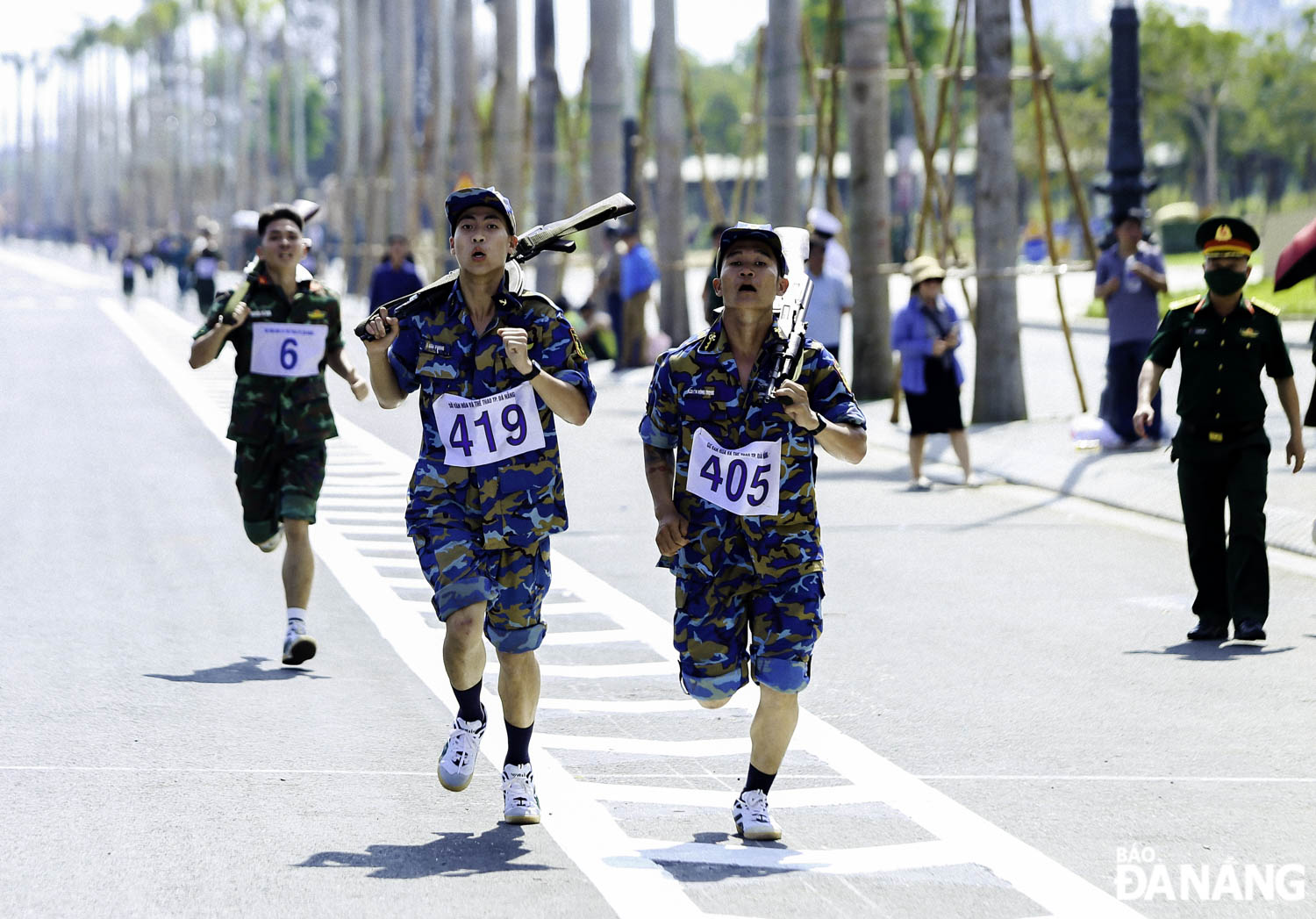Da Nang accelerates urbanisation pace associated with urban economic efficiency
One of the development perspectives mentioned in the Da Nang Master Plan for the 2021 - 2030 period, with a vision to 2050 recently approved by the Prime Minister is to combine the acceleration of the speed of urbanisation associated with the improvement of urban economic efficiency, increasing economic density per land area and effective use of shared infrastructure.
 |
| The core urban area includes the central area of Hai Chau District and the inner city area of Son Tra District, which is determined to be the driving force for development. Photo: HOANG HIEP |
On that basis, the Master Plan proposes a plan to develop urban space with multipolar development orientation, divided into 6 regions that play a driving force and direction for the development of 6 level-1 economic sectors.
Adjusting the monocentric urban structure to multi-polar development
According to the urban space development orientation under the Da Nang Master Plan for the 2021 - 2030 period, with a vision to 2050, the whole city is organised into 3 typical urban areas and ecological zones, along with 12 subdivisions.
The monocentric urban structure (Thanh Khe and Hai Chau districts) will be adjusted into multi-polar development and the entire city will turn itself into a major tourist destination. In particular, the existing urban area includes 6 inner-city districts that are oriented to be redeveloped according to a compact urban model, reducing construction density for the existing central urban core area, adding urban amenities, and integrating with the public transportation system.
At the same time, the city will form modern architectural works, prioritising the development of public spaces, works, and services, creating attractiveness of a modern central business district (CBD) which is high quality of life, friendly and livable.
The new urban development area is in the west, northwest of the city. By 2030, the urbanisation area will be determined in the nine existing communes of Hoa Vang District, namely Hoa Khuong, Hoa Phuoc, Hoa Chau, Hoa Tien, Hoa Phong, Hoa Nhon, Hoa Lien, Hoa Son and part of communes. Hoa Ninh. The urbanization rate will reach over 90%.
The plan also orients 6 areas as driving forces for development, specifically: Area No. 1 is the core urban area including the historic urban centre in Hai Chau District that is encouraged to develop in accordance with the plan suitable for both living and working and will become a busy commercial centre, and the inner city area of Son Tra, the district east of Song Han (Han river) Bridge.
Area No. 2 is the inner city area of Thanh Khe and Lien Chieu districts along Da Nang Bay with a focus on developing tourism and marine entertainment along the bay, encouraging the formation of a new CBD in the central area. The bay is attached to the above-mentioned commercial and service axis (compressed urban area).
Area No. 3 is a creative urban area in the southern region including part of Ngu Hanh Son District (exactly Hoa Quy Ward) and Cam Le District with a focus on developing high quality education, training, health care, and sports services.
Area No. 4 is the current administrative centre of Hoa Vang District, a multi-sector economic sub-center, connecting Da Nang with neighbouring Quang Nam Province and the Central Highlands region with the orientation of developing hi-tech agricultural areas, logistics services, agricultural products and expanding urban space to the northwest to connect with industrial parks, Da Nang Hi-tech Park and new residential areas.
Area No. 5 is a high-tech urban-industrial complex with the orientation of forming a complex including central region exhibition centres, outlets associated with a tourism, regional-level logistics service centre.
Area No. 6 is the Lien Chieu seaport urban complex, a logistics service centre associated with Lien Chieu seaport.
Focus on developing 6 economic sectors
The Da Nang Master Plan for the 2021 - 2030 period, with a vision towards 2050 also sets out directions for developing important industries and fields in the coming time, including 6 level-1 economic sectors. Accordingly, tourism continues to affirm its stature as a key economic sector.
The city's commercial sector is oriented to become one of the major commercial centres, develop service and trade industries related to yachts. The transport and logistics sector is oriented to develop into a logistics centre, a gateway for forwarding and transporting by road, sea and air with localities and countries on the East - West Economic Corridor, in ASEAN region and on the globe at large.
With regard to information and communications, the information technology, electronics and telecommunications will become a key economic sector, with priority given to the development of software industry, digital content production, circuit design and production, in tandem with promoting training, research, development, testing and application of artificial intelligence (AI) to become a key economic sector making an important contribution to digital economic development.
As for the industry, Da Nang will become one of Viet Nam’s high-tech industrial and supporting industry centres through the development of high-tech industrial fields including microelectronics technology, chip and semiconductor chip technology, precision mechanics, mechanics - electronics, optoelectronics and automation.
Heed will be paid to developing priority industrial fields including automobile industry, aviation, yachting, electronics, mechanical engineering, pharmaceutical chemistry, cosmetics, food, beverages, fashion and other manufacturing and processing industries with high added value. Finance and banking will be pushed towards to make Da Nang an international financial centre on a regional scale.
As reported by Director of Da Nang Investment Promotion and Support Agency Huynh Lien Phuong, the Da Nang Master Plan for the 2021 - 2030 period, with a vision to 2050, has integrated the city’s overall socio-economic development, especially the process of industries.
The development of industries depends on projects, so attracting investment in projects is very important to create growth for the industry as well as socio-economic development. This planning is a very important basis to call for investment flows, in which the planning has specifically identified a list of key projects with high motivations and priorities to create breakthrough development for the whole country.
Reporting by HOANG HIEP - Translating by A.THU








